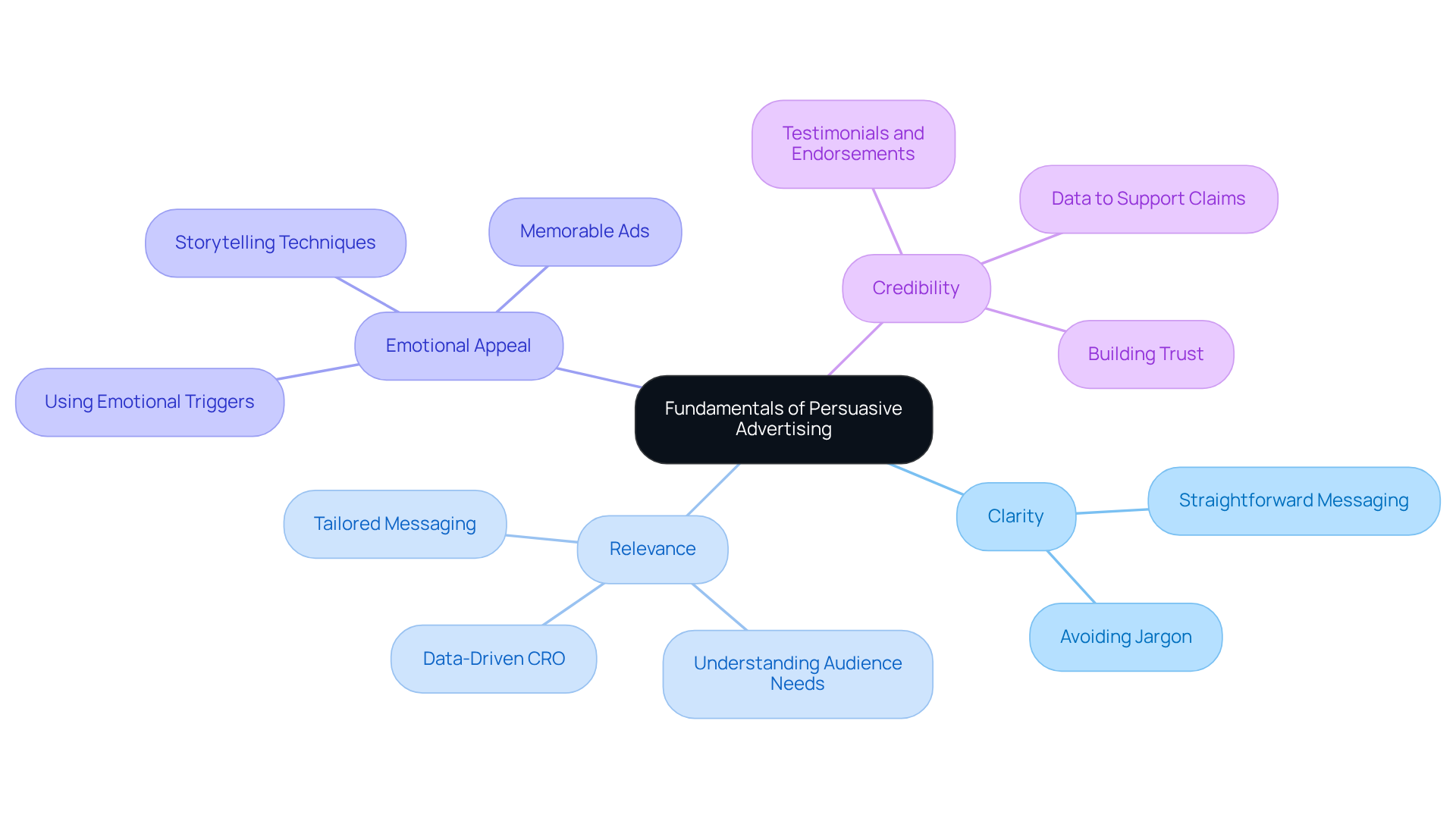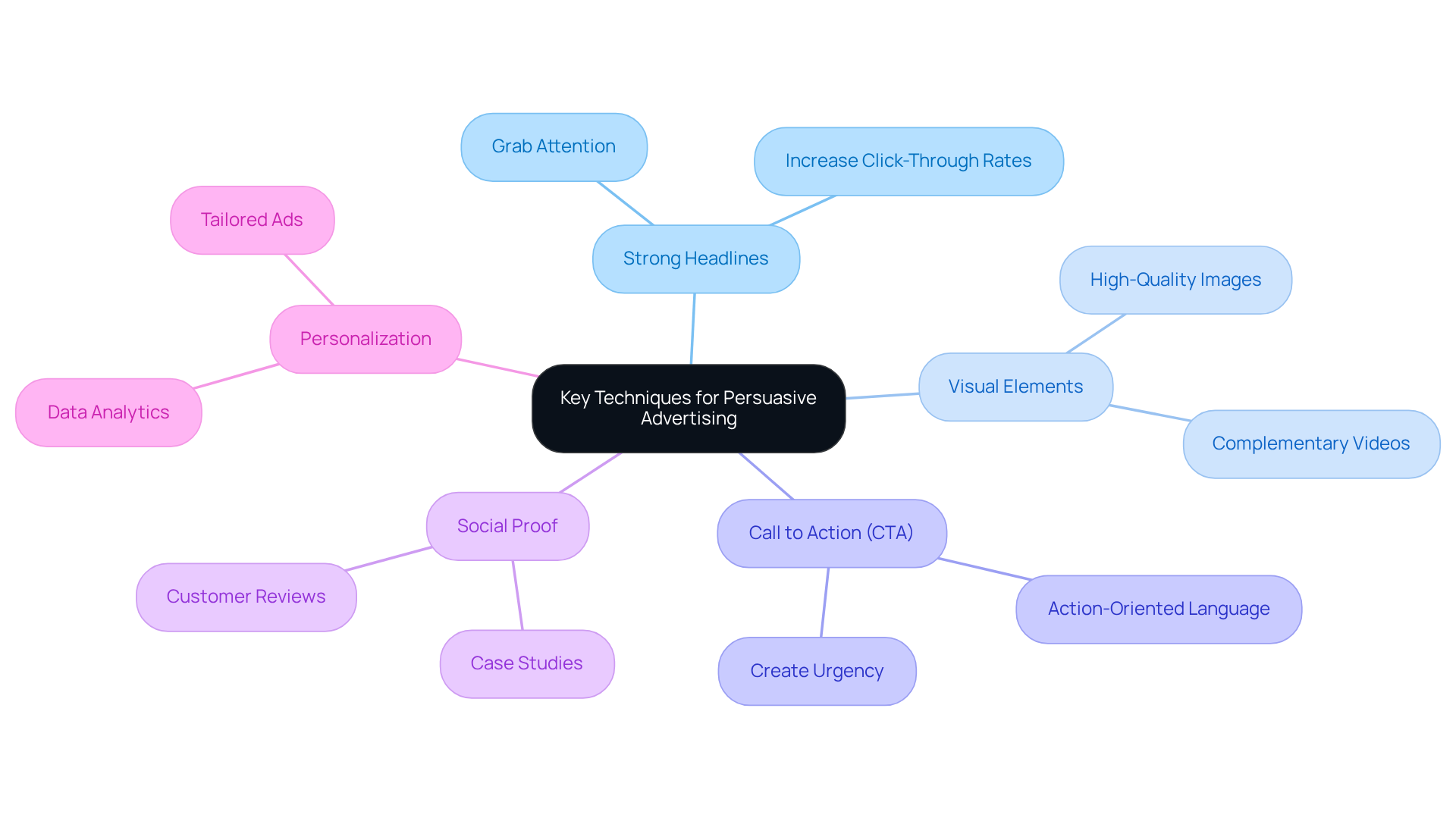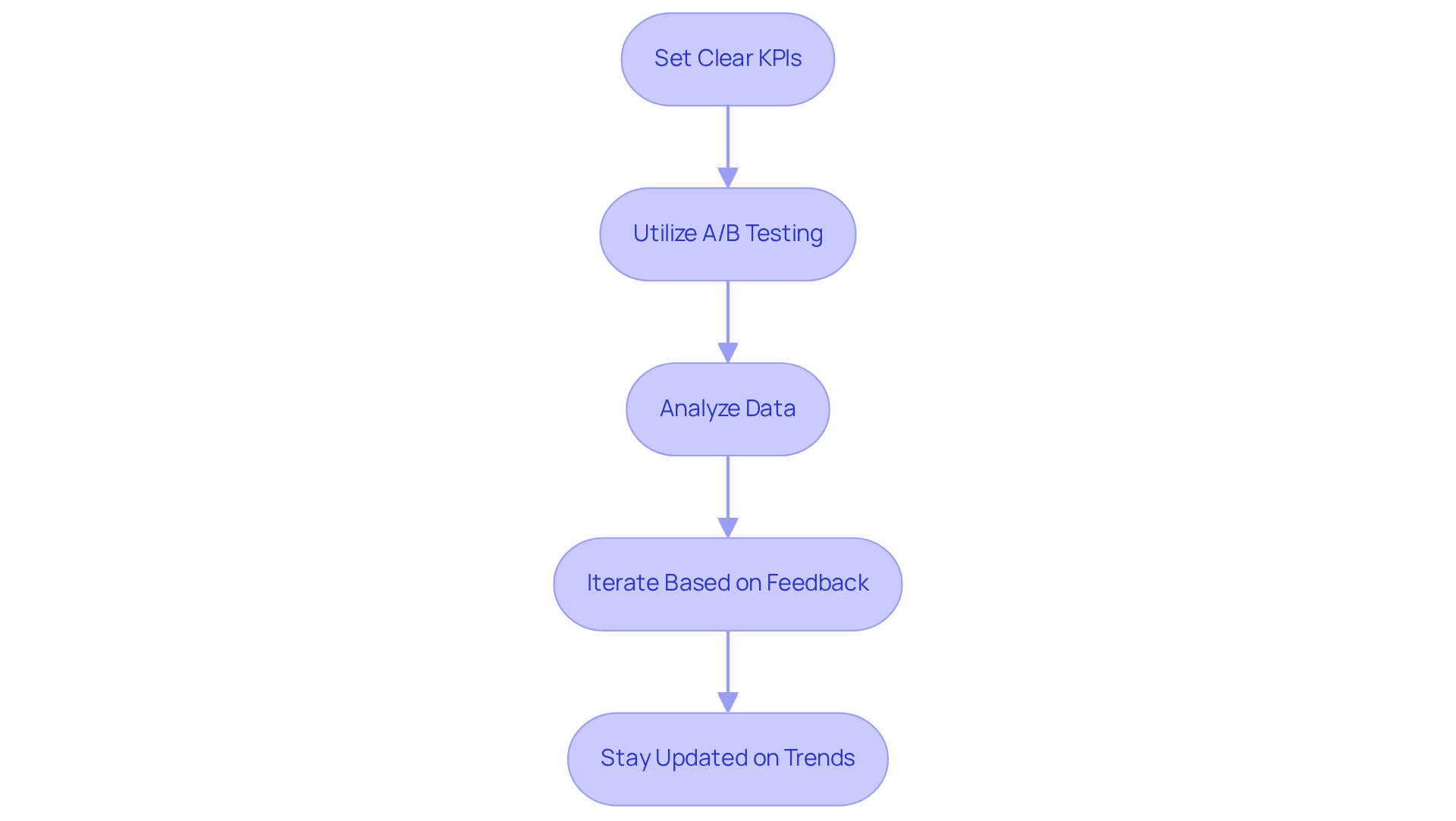
Overview
This article presents essential techniques that empower Direct-to-Consumer (DTC) brands to thrive through persuasive advertising. It asserts the significance of clarity, emotional appeal, and the strategic use of consumer psychology. By implementing practical strategies—such as crafting compelling headlines and conducting A/B testing—brands can significantly enhance engagement and conversion rates. These insights are not merely theoretical; they are grounded in proven methodologies that drive results in the competitive DTC landscape.
Introduction
Effective advertising transcends mere flashy visuals and catchy slogans; it embodies a sophisticated interplay of psychology and strategy designed to influence consumer behavior. For Direct-to-Consumer (DTC) brands, mastering persuasive advertising is not just beneficial; it is essential for unlocking substantial opportunities for engagement and conversion.
But what techniques can elevate an advertisement from being simply seen to compellingly acted upon? This article explores the fundamental principles and actionable strategies that empower brands to craft persuasive ads, resonating profoundly with their audience and ultimately driving success in a competitive marketplace.
Understand the Fundamentals of Persuasive Advertising
Effective advertising hinges on the ability to influence consumer behavior through and , and partnering with a specialist can significantly amplify these efforts. The key elements are as follows:
- Clarity: The message must be straightforward and easily comprehensible. Avoiding jargon that could confuse potential customers is essential.
- Relevance: It is crucial to tailor the message to meet the specific needs and desires of the target audience. Understanding your audience's challenges is vital, and the organization's (CRO) effectively identifies these needs.
- : Harness storytelling and emotional triggers to forge a connection with the audience. The organization uses persuasive ads that evoke feelings, which tend to be more memorable and impactful, to enhance engagement.
- Credibility: Trust is established through testimonials, endorsements, or data that substantiate the claims made in the advertisement. Consumers are more likely to engage with brands they perceive as trustworthy, and the focus on profitability and sustainable growth bolsters this credibility.
By mastering these fundamentals and leveraging the expertise of 's team, companies can lay a robust foundation for their promotional endeavors, leading to heightened engagement and conversion rates. Moreover, Parah Group's unique onboarding process ensures that strategies are tailored to each client's specific needs, thereby setting the stage for long-term growth and success in their marketing initiatives.

Implement Key Techniques for Persuasive Advertising
To create persuasive advertisements, consider implementing the following techniques:
- Use of Strong Headlines: Craft compelling headlines that grab attention and encourage further reading. A strong headline can significantly increase click-through rates.
- Incorporate Visual Elements: Utilize high-quality images or videos that complement the message. Visuals enhance of the information presented.
- : Clearly define the action you want the audience to take. Use action-oriented language that creates a sense of urgency, such as 'Shop Now' or 'Limited Time Offer'.
- : Highlight customer reviews, ratings, or case studies that demonstrate the effectiveness of the product or service. This builds credibility and encourages potential customers to trust the company.
- Personalization: Tailor ads to individual preferences based on data analytics. can significantly increase engagement and conversion rates by making consumers feel valued.
These techniques, when executed effectively, can lead to more persuasive ads that resonate with the target audience.

Leverage Consumer Psychology to Enhance Ad Impact
To maximize the impact of advertisements, brands must leverage key , as evidenced by from .
- Scarcity: Emphasizing limited availability of products or time-sensitive offers creates urgency. For instance, a $30M apparel company experienced a 35% increase in conversion rates after redesigning their homepage to highlight social proof and limited-time offers.
- Reciprocity: Providing something of value, such as a free trial or discount, encourages consumers to reciprocate by making a purchase. By introducing complimentary gifts for orders exceeding a specific cart size, a cannabis company raised their average order value (AOV) by 90%.
- Anchoring: Presenting a higher-priced item alongside a lower-priced option renders the latter more appealing. This technique effectively influences purchasing decisions, as demonstrated by a cleaning product label that tested price points to discover optimal pricing, resulting in an 80% increase in AOV.
- Consistency: Encouraging small commitments from consumers can lead to larger commitments later. For example, prompting users to register for a newsletter can result in future purchases, a tactic that aligns with the ongoing Conversion Rate Optimization (CRO) initiatives that organizations implement.
- Emotional Triggers: Utilizing that resonate with the audience's values and beliefs can significantly drive consumer behavior. Ads that evoke feelings of happiness, nostalgia, or even fear have proven effective, as illustrated by successful campaigns that employed tailored landing pages and post-purchase upsells to maximize profitability.
By incorporating these psychological principles into promotional strategies, direct-to-consumer (DTC) companies can substantially enhance their persuasive ads' effectiveness and boost conversions, as demonstrated by the verified outcomes from the case studies.

Measure and Optimize Ad Performance for Continuous Improvement
To ensure ongoing success in advertising, brands must prioritize measurement and optimization strategies that drive results.
- Set Clear KPIs: Establish that are closely aligned with business objectives, including conversion rates, click-through rates, and return on ad spend (ROAS). This foundational step is crucial for tracking progress effectively.
- Utilize : Regularly conduct A/B testing on various ad variations to identify which elements resonate most with your audience. This includes experimenting with headlines, visuals, CTAs, and overall messaging. The organization underscores the importance of through continuous A/B testing, which has the potential to significantly enhance conversion rates.
- Analyze Data: Leverage analytics tools to monitor ad performance and extract insights on . Understanding user interactions with ads is essential for informing future strategies. The company's expertise in empowers businesses to harness these insights effectively, thereby enhancing promotional efforts.
- Iterate Based on Feedback: Commit to continuously refining ads based on performance data and consumer feedback. Be prepared to pivot strategies if certain approaches fail to deliver the desired results. The organization champions a culture of innovation, ensuring brands remain agile in their marketing strategies.
- Stay Updated on Trends: Remain vigilant about industry trends and evolving consumer preferences to ensure marketing strategies are both relevant and effective. The organization is committed to staying at the forefront of CRO trends, which directly influences the efficiency of promotional campaigns.
By implementing these measurement and optimization practices, DTC brands can cultivate a culture of continuous improvement, ultimately leading to sustained advertising success. This is further enhanced by the of in Conversion Rate Optimization.

Conclusion
Mastering the art of persuasive advertising is not just beneficial; it is essential for the success of Direct-to-Consumer (DTC) brands. By understanding and implementing key techniques, companies can craft compelling messages that resonate deeply with their target audience. This article underscores the critical importance of clarity, relevance, emotional appeal, and credibility in creating advertisements that capture attention and drive consumer action.
Throughout this discussion, several critical strategies have been highlighted:
- Utilizing strong headlines and striking visual elements.
- Incorporating psychological principles such as scarcity and reciprocity.
- Focusing on measurement and optimization to refine approaches based on performance data and consumer feedback.
Ultimately, the significance of persuasive ads in DTC marketing cannot be overstated. By leveraging these insights and techniques, brands can improve engagement and conversion rates while building lasting relationships with their customers. As the advertising landscape evolves, embracing these best practices is crucial for maintaining competitiveness and achieving sustainable growth in the market.
Frequently Asked Questions
What are the key elements of effective persuasive advertising?
The key elements of effective persuasive advertising are clarity, relevance, emotional appeal, and credibility.
Why is clarity important in advertising messages?
Clarity is important because the message must be straightforward and easily comprehensible, avoiding jargon that could confuse potential customers.
How can advertisers ensure their message is relevant to the target audience?
Advertisers can ensure relevance by tailoring the message to meet the specific needs and desires of the target audience, using a data-driven approach to identify these needs.
What role does emotional appeal play in persuasive advertising?
Emotional appeal plays a crucial role by harnessing storytelling and emotional triggers to forge a connection with the audience, making the ads more memorable and impactful.
How can credibility be established in advertising?
Credibility can be established through testimonials, endorsements, or data that substantiate the claims made in the advertisement, as consumers are more likely to engage with trustworthy brands.
How can partnering with a specialist enhance advertising efforts?
Partnering with a specialist can significantly amplify advertising efforts by leveraging their expertise to master the fundamentals of persuasive advertising, leading to heightened engagement and conversion rates.
What is Parah Group's approach to onboarding clients?
Parah Group's unique onboarding process ensures that strategies are tailored to each client's specific needs, setting the stage for long-term growth and success in their marketing initiatives.
FAQs











